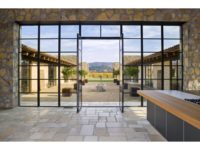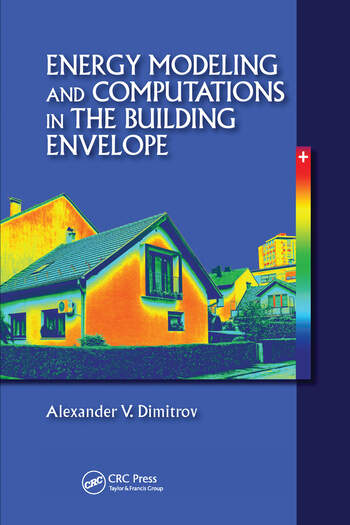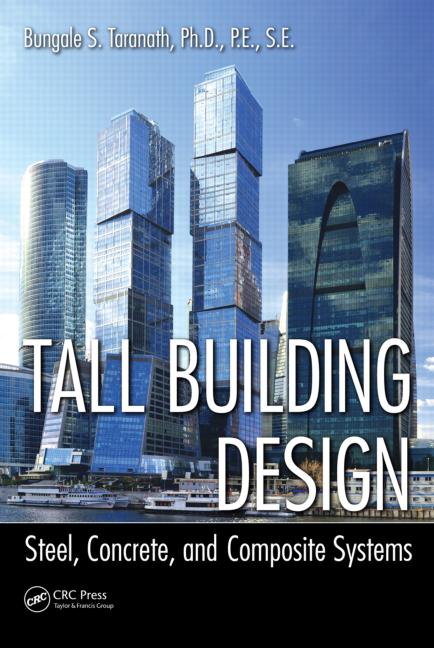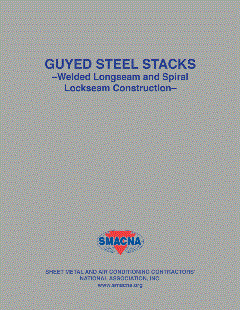Recent Trends in the Steel Window and Door Industry
.jpg?1722630822)
The steel window and door industry is experiencing dynamic shifts driven by evolving architectural preferences, advancements in technology, and changing consumer demands. This article explores the latest trends shaping the industry.
Embracing Large Openings and Spaces
Driven by a continued demand for maximizing views while minimizing sight lines, architects are increasingly inclined towards designs with thinner lines and smaller profiles in the steel window and door industry. This aesthetic preference emphasizes a sleek and modern look, contributing to a minimalist and sophisticated architectural style. This trend is notable across various regions, with architects striving to achieve a balance between aesthetics and functionality but is particularly seeing an uptick in the West. The backdrop of favorable weather conditions and breathtaking landscapes has inspired a trend where architects aim to seamlessly blend indoor and outdoor spaces, capitalizing on expansive vistas.
The demand for sliding doors, sliding pocket doors, and large window and door openings has surged, driven by the desire to create expansive, open spaces. Multisliding doors, often equipped with automation features, are gaining popularity. This trend aligns with the pursuit of a seamless indoor/outdoor experience, especially in warmer climates, where it has been consistently embraced for the past few years. However, in the Northeast and Midwest, there remains a preference for traditional aesthetics even as the demand for large openings persists.
Rise of Interior Doors and Windows
Steel interior doors are experiencing a surge in popularity, both in residential and commercial spaces. In residential settings, steel doors are being used for space differentiation without compromising on interior light and openness. From wine cellars and humidor entrances to laundry rooms, these steel interior doors and walls provide a unique blend of industrial and contemporary aesthetics. In offices, internal steel doors are becoming a preferred choice for creating separation between spaces while maintaining an open concept feel.
Energy Efficiency
Another prominent trend is the emphasis on widening views while maintaining energy efficiency. Customers now seek high-performance solutions that not only provide expansive views but also meet stringent energy efficiency standards. This dual focus reflects a commitment to both aesthetics and sustainability, demonstrating an increasingly nuanced approach to design and functionality.
Pandemic's Impact on Client Relations
The COVID-19 pandemic has reshaped how industry professionals interact with clients. Since the more recent push to working from home, the industry has seen a decrease in collaboration between architects and steel window artisans during the design process. The post-pandemic landscape has additionally witnessed clients becoming more well-versed in design aesthetics. With more people at home throughout the week, there seems to be a renewed focus on bringing more fresh air and natural light into homes which has influenced window design choices.
Cost and Lead Time Considerations
While customers will always consider price and lead time when looking to make purchase decisions, those looking for longevity and high aesthetic appeal will continue to find steel windows and doors desirable. One of the most significant differentiators between steel and aluminum windows is the cost. On average, steel is about four times more expensive and has a longer production lead time than aluminum. However, aesthetic appeal and product lifespan often play a decisive role in consumer choices. Steel windows showcase expert craftsmanship while offering an extended lifespan that is simply unmatched by less expensive materials.
Growth in Commercial Projects — Preservation and Customization
The steel window and door industry is witnessing a notable increase in commercial projects, marked by a shift away from wood or aluminum towards steel to create a more luxurious feel. High-end retail spaces such as RH, luxury hotels, and historic buildings are utilizing steel windows and doors to preserve and enhance their aesthetics. In the commercial sector, the decision-making process often involves evaluating cost versus life cycle, with Hope's Windows products, known for lasting 75 to 100 years, gaining prominence.
Preserving historical architecture and its original aesthetics is becoming a prevalent concern. Hope’s has fielded requests from landmark commissions to create replicas of existing steel windows from over a century ago. Historical preservation projects such as these require expertise around historic sightlines and profile shapes—ones that are not readily used in contemporary projects. Hope’s specializes in in-kind historic replacements, offering steel for steel or bronze for bronze traditional sightlines and profiles, such as arrow-shaped windows.
Additionally, there is a growing interest in bronze windows and doors, especially within the historical preservation space. For one project, Hope’s fabricated exact replicas of the doors to the Indiana War Memorial building in Indianapolis. These renovations not only brought the building into compliance with contemporary fire codes and accessibility requirements but restored the building to its former glory, illuminating the sophistication of its architectural design.
The steel window and door industry is evolving to meet the diverse and changing needs of architects, consumers, and commercial clients. From sleek designs with thinner lines to a growing emphasis on energy efficiency and customization, these trends reflect the industry's dynamic nature and its ability to adapt to the evolving demands of modern architecture.
Looking for a reprint of this article?
From high-res PDFs to custom plaques, order your copy today!








